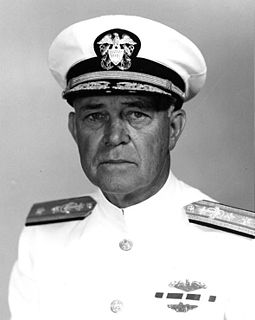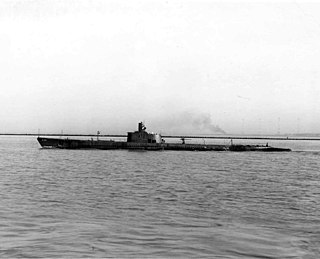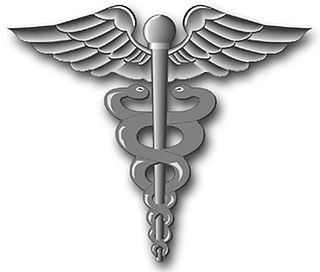
USS Seadragon (SS-194), a Sargo-class submarine, was the first ship of the United States Navy to be named for the seadragon.

USS Darter (SS-227), a Gato-class submarine, was the first ship of the United States Navy to be named for the darter.

USS Grayback (SS-208), a Tambor-class submarine, was the first ship of the United States Navy to be named for the lake herring, Coregonus artedi.

Charles Bowers Momsen, nicknamed "Swede", was born in Flushing, New York. He was an American pioneer in submarine rescue for the United States Navy, and he invented the underwater escape device later called the "Momsen lung", for which he received the Navy Distinguished Service Medal in 1929. In May 1939, Momsen directed the rescue of the crew of Squalus (SS-192).

USS Silversides (SS/AGSS-236) is a Gato-class submarine, the first ship of the United States Navy to be named for the silversides.

Operation Petticoat is a 1959 American World War II submarine comedy film in Eastmancolor from Universal-International, produced by Robert Arthur, directed by Blake Edwards, that stars Cary Grant and Tony Curtis.

Destination Tokyo is a 1943 black and white American submarine war film. The film was directed by Delmer Daves in his directorial debut, and the screenplay was written by Daves and Albert Maltz, based on an original story by former submariner Steve Fisher. The film stars Cary Grant and John Garfield and features Dane Clark, Robert Hutton, and Warner Anderson, along with John Ridgely, Alan Hale Sr. and William Prince.

The United States Navy Nurse Corps was officially established by Congress in 1908; however, unofficially, women had been working as nurses aboard Navy ships and in Navy hospitals for nearly 100 years. The Corps was all-female until 1965.

Charles Andrews Lockwood was a vice-admiral and flag officer of the United States Navy. He is known in submarine history as the commander of Submarine Force Pacific Fleet during World War II. He devised tactics for the effective use of submarines, making the members and elements of "silent service" key players in the Pacific victory.
George Anthony Weller was an American novelist, playwright, and journalist for The New York Times and Chicago Daily News. He won a 1943 Pulitzer Prize as a Daily News war correspondent.

A hospital corpsman is an enlisted medical specialist of the United States Navy, who may also serve in a U.S. Marine Corps unit. The corresponding rating within the United States Coast Guard is health services technician (HS).

Machinist's mate is a rating in the United States Navy's engineering community.

A United States Navy diver refers to a service personnel that may be a restricted fleet line officer, civil engineer corps (CEC) officer, Medical Corps officer, or an enlisted who is qualified in underwater diving and salvage. Navy divers serve with fleet diving detachments and in research and development. Some of the mission areas of the Navy diver include: marine salvage, harbor clearance, underwater ship husbandry and repair, submarine rescue, saturation diving, experimental diving, underwater construction and welding, as well as serving as technical experts to the Navy SEALs, Marine Corps, and Navy EOD diving commands.
USS Manitowoc (PF-61), a Tacoma-class frigate in commission from 1944 to, was the first ship of the United States Navy to be named for Manitowoc, Wisconsin. After commissioned service in the U.S. Navy from 1944 to 1946. After her Navy service, she served in the United States Coast Guard for a few months in 1946. Sold to France in 1947, she commissioned into service in the French Navy as Le Brix (F715) in 1948 and operated as a weather ship until scrapped in 1958.

USS Frament (DE-677/APD-77) was a Buckley-class destroyer escort in the United States Navy.
Landing Ship, Tank (Hospital) (LSTH) was a conversion of a LST designed to act as a hospital ship, but because they retained armament were not officially designated as such. The Tank Landing Ship (LST) was a vessel designed to beach itself and unload equipment, vehicles, tanks, and troops onto an enemy beach. The general idea of an LSTH would be to bring troops to shore, but the convenience of a ship beached ashore proved to be an inviting harbor for the sick and injured, who could simply walk aboard.

The first USS Pigeon (AM-47/ASR-6) was a Lapwing-class minesweeper of the United States Navy. She was later converted to a submarine rescue ship. She was named for the avian ambassador, the pigeon.

Norvell Gardiner Ward was an American naval officer and a recipient of the Navy Cross. He was a submariner for most of his naval career, but was also known for his planning and war gaming abilities. As a rear admiral he played a major role in planning and overseeing many naval operations during the Vietnam War, notably Operation Market Time.

Benjamin Harrison Adams, was a medical officer in the United States Navy that served during World War I and World War II, and reached the rank of Rear Admiral.
I-4 was a J1 type submarine built by Kawasaki, Kobe, for the Imperial Japanese Navy in the 1920s. She was a large cruiser submarine displacing 2,135 tons that entered service in 1929 and served in the Second Sino-Japanese War and World War II. During the latter conflict she operated in support of the attack on Pearl Harbor, conducted anti-shipping patrols in the Indian Ocean, supported the Indian Ocean raid, and took part in the Aleutian Islands campaign, Guadalcanal campaign, and New Guinea campaign before she was sunk in December 1942.
















